What else to manage…
Haiko – Hong Kong, 5th March 2014
I have been on a “what-to-manage” spree in my last few blogs, so what else is there to manage? It very much depends on your position within the team, but regardless where you are, you always have to deal with people, your colleagues, your boss (whether your direct boss or your client!), your subordinates, your business relations and not to forget your friends and family! Too often in corporate culture this aspect is being “broomed” over as if being of secondary importance…work first, family later. Very much an Asian culture thing and perhaps a global issue, but research and latest trends have proven beyond doubt that when family, personal health and wellbeing are well balanced with work, the overall productivity, motivation and personal relationships thrive!
In my team we have very much “horizontal” relationships based on equality as opposed to “vertical” relationships with a strong hierarchy of bosses and subordinates. We have experienced and less-experienced people and that obviously comes with distinctions in salaries and rewards, but in terms of work we help each other like a family would. I personally do not believe in the so-called “pigeon-hole” approach where one’s skill dooms you forever to do the same! We are far better designers when we understand the full process of lighting design and therefore it is critical that everybody is engaged and understands all aspects of lighting design. Personal growth is also a recipe for personal satisfaction and thus motivation.
But understanding should not be confused with complacency, indifference or a lack of responsibility. We still have a job to do and therefore need to uphold our professional duties towards our clients in general but towards our team mates specifically. We are in this together, so we need to support and manage this together to achieve to everyone’s satisfaction!
Light Watch 5-36: The work space is an important environment, regardless the size or the location, so care has to be taken that it is a conducive and pleasant environment because for many people this is the space they spent nearly one third of their lives in!
Managing travel
Haiko, 4th March 2014
It is exactly because time is our commodity as I blogged yesterday, that when you are not in control of it that it can get utterly frustrating. As I am writing this I am sitting at the “Coconut Café” at the domestic arrivals in Haiko, after hitching a golf cart (!), or the “shuttle bus” as it was sold to me, from international arrivals to the domestic airport from where I will be getting on a train to my destination about half way between Haiko and Sania (Hainan). As it turns out the next train only leaves in 2 hours, so hence my getting “coconuts” waiting in this Café. It is at least way better than at the strain station itself where there is hardly any seat let alone a waiting lounge!
But the ever optimist I am I will be using this down time to write my blog, clear my inbox, that is one thing I have learned from my constant travels. You are never in control of flight and train schedules, the availability of seats, or taxi’s, the queues, the delays, the weather (!). When you plan your travel, you use your experience and your (and other people’s) knowledge to select the best and most convenient flights, time of travel, seats, the routing, the connections and so on.
But even with all that knowledge you still from time to time end up frustrated, as I ended up today. I had the right flight, the right seats, but got undone on arrival as now international arrivals are in a new building far away from the train station. I was one of the first through immigration, only to got stuck outside without any visible shuttle to the train station. I was looking for a bus, however the 50-odd people waiting like me had to do with a 8 person golf cart! I was on the first run (still had to battle a couple of unruly Chinese, trying to beat the queue) only to find another queue at the train ticket counter. By the time I got my ticket I found out with my limited Chinese that the next train was two hours later… frustrating…nahhh…just take it on the chin and make the best of your time, its all part and parcel of travelling.
Light Watch 5-35: While I was waiting I took some pictures of the lighting at the domestic terminal, the café and the station…may as well…gives you a feel
Managing time
Singapore, 3rd March 2014
I can’t really believe we have already moved into March, spring time for the Northern Hemisphere, autumn for the Southern part of the world. Not only time seems to fly but also our project schedules. It is like all hell has broken lose in terms of project requirements and deliverables. We are designing like crazy, we are producing like crazy and in between we are travelling like crazy to meet and present to our clients. To Hainan, Hong Kong and Australia for me over the next 2 weeks; with other destinations for other members of my team.
It just makes you so aware that time is really the main commodity that we are dealing with towards our clients. Getting our time and deliverable schedules right is key to our ability to deliver our services. It is so much easier said then done. One thing is for sure; only a “well-oiled” team can make this happen.
Part of my activities today was finalising a number of high importance fee proposals that have tomorrow as deadline. They just happen to have the same deadlines somehow…(are they working together to test our ability to respond? 🙂 ) Kidding apart, managing to respond to RFP’s (Requests for Fee Proposals) is part and parcel of our survival and continuity as a company. Managing to respond promptly, professionally and timely to such enquiries creates the first impressions towards our potential future clients. Taking them seriously and respect fully. We all know how much we like being given attention. Having no time may be a genuine excuse, but not one that a client in need of your services wants to necessarily hear. So we make time, always. Clients remember and appreciate your alertness and attention. I have never heard a client complain that we respond too fast! On the contrary they are always pleasantly surprised! It just makes you wonder how others manage their time…
Light Watch 5-34: Just recently the solar flares became very visible and created many spectacular lighting effects at night, notably in Europe, also known as the Northern Lights. Somehow it seems appropriate for this time of the year. Also today is my Alex’s birthday so here is to her….Happy Birthday, Snoops!
Managing expectations…
Singapore, 28th February 2014
Easy to say and promote, much more difficult to actually keep it up! Obviously the more projects you have the more demands exists from your clients to deliver. Not only in the form of actual concepts, drawings and documentation but also in physical presence. Clients pay for an expectation of your services; they have assessed your port-folio and track record before appointing you and whatever you put in your proposal and perhaps verbally assured you would do, you need to deliver, preferably beyond expectation! It’s called managing expectations, and today I had plenty of it…
I am in the privileged situation that I am not running a one-man show and I can rely on a team to back me up and assist in the deliverables promised to our clients. Part of managing our client’s expectations is to anticipate and help the client anticipate, whether it be in regards to costs or the deliverables time schedule. The last one comes hand in hand with the quality of the deliverable…a rushed out document delivered in time but full of “holes” does not do you any favours, so any time schedule should factor in the proper preparation time but also allow for coordination time with the other project team members and the official feedback and approval from the client or his/her representative.
But regardless how many emails and communications you have nothing beats the personal meetings with your client. It allows you to instantly address any concerns of your client and also jump into any issues that may be or are already causing problems in achieving the desired deliverables. You can manage the expectations there and then; but to do that you need to be the boss, or the project director with the authority to decide, in short the one where the bug stops. That is why clients like to see the boss, the one in charge with authority in the projects, you go to give them peace of mind, decisions can be made and expectations managed!
Light Watch 5-33: Following yesterday’s tree lighting images I have another series but these are totally out of the box. The only similarity is the idea of a tree itself, the lighting interpretation is totally different!
Have a great weekend!
Tree of light
Singapore, 27th February 2014
The tree is a very natural element of landscape, something we are all familiar with. It is also one of the most mal-treated objects when it comes to lighting. There are very little people that really know how to light a tree properly. It is even more difficult when you have to design the lighting from a plan. In other words you have a landscape layout showing where the trees are, with an approximate description (generally also with a picture of the mature tree) to give you the feel of the tree. The problem is that hardly ever will the tree be planted as a mature tree, generally it is just a 1 or 2 year old “sprout” straight from a nursery. Only after years will you see the actual tree in its full beauty. But yet we have to design to the future.
At least with an image we know whether it is to be a canopy tree, a palm or an ever-green type, as this gives us the direction from which position to light the tree and what will create the best effect. There are designers who feel compelled to put lights all around the tree so that the tree is visually lit from whatever angle you look at it. Not my style…first of all lighting is also about what not to light and creating light and shadows to accentuate shapes, forms and textures; secondly it seems wasteful in both energy, spill light and not to forget cost of installation. Less is more in this case.
Why am I talking about lighting trees…it just happens that we are in the middle of developing the landscape lighting concept in one of our projects and invariably the lighting of trees is part of it. The challenge now is too understand if and how we could use the LED technology to create our lighting effects. I am still adjusting to the conversion and struggle to understand how well (or not) the LED will be able to achieve what we want. Reading the photometric data in the catalogue is not all-clarifying as LED lighting behaves a bit differently…
Light Watch 5-32: There are many ways to light a tree, from conventional tree up-lighting, to moon lighting and introducing colours…
The new generation
Singapore, 26th February 2014
As we see a steady growth in our projects as a result of our recognition in the market (at least one should hope so!), I find myself in a situation of expanding my team to cater for the increased demands and work load. But at the same I am weary of not wanting to grow too big. I like it small and intimate, where we are a small family all helping and supporting each other, having each-others back. For those who work in a big company where people generally seem to internally compete with each other, maybe a strange concept, but this is really one of the pillars of our team, mutual trust and respect, it works for me and it motivates my team.
Hand picking the “new generation” is done with this in mind. Not only assessing someone’s skills and expertise, but also whether he or she will fit into the team? As I get older I can only assume that my principles and way of thinking may be old fashioned and conventional and that while I am open to thoughts and trends from today’s generation, I may not necessarily be able to appreciate them. So engaging with the new generation is also a matter of letting go of some of your “old habits” which may have grown to be a comfort zone, but may need to make way for some new ways of thinking. Going with the times I guess you could call that, a necessary step for the continuity of the company and for the quality of our services. We need to bear in mind that also our clients are becoming the new generation and their expectations will have to be met with concepts and services of that are a reflection of today’s demands. So I really need to listen to the new generation, in order to engage the new generation and then better serve the new generation 🙂
Light Watch 5-31: Last weekend I went with Alex to a concert that really embodies the new generation (at least in my eyes 🙂 ); Australian electro/ techno-pop band Empire of the Sun made a stop in Singapore to play for their fans and she thought it would be nice to go. Honestly before I went I had never heard of them, but raving reviews from others had made me decide to go along. I don’t regret it at all and in fact I am now listening to their music. It is engaging, upbeat and happy music to which you hardly can sit still. While the audience was overwhelmingly (very) young, I did not feel out of place and hopped along to their songs. Way to keep myself young and streetwise, I guess 🙂
Here are some pics (yes the lighting effects were not bad…)
Reflecting on reflections
Bandung, 25th February 2014
It is not often that a client brings you to visit a project to show you what they do NOT want! Generally they bring you to see completed projects they like to explain to you what of these “likes” they would like you to implement in their own project. Not so last night. After a day of meetings, site inspections and technical reviews, the client invited me to dinner in a recently completed hotel in the city, considered as being the best of the best in Bandung. At least it is certainly the most expensive in town.
It was easy to see what was “wrong”, if I can say it that way. First of all the choice of materials for the floor tiles was a polished marble, but so polished that it was near to a perfect mirror surface. The second obvious thing was that the lighting looked completely unbalanced, mainly with a ceiling being way too bright as if there was no dimming or control. So there was no focus, no ambience, only very expensive materials. While I do know who the interior designer and the lighting designer were, I don’t know the history and can therefore not comment on the how and why of the end result, but it is easy to see the glaringly obvious failures, whatever the reasons.
How can these mistakes be avoided? One of the primary reasons is the ignorance of the interior designer on how lighting will interact with their selected finishes. As a lighting designer I always bring that to their attention, but 99% of the time the architect or ID adopts an attitude of arrogance (“who are you to tell me material selection is wrong!”) and pushes the problem back to you to resolve. Unfortunately some issues like this can only be resolved through cooperation and mutual respect for each other’s expertise. In all honesty I also have to say that in some cases, the lighting designer (if inexperienced or inattentive to the ID’s design) is at fault for not understanding or spotting the potential glare and reflection dangers ahead.
Light Watch 5-30: The pictures below show the extent of the lighting reflections drama in this hotel. In one them lighting is so bad you can hardly see the steps and level difference ahead of you! Textbook pictures on how NOT to do it 🙂
Can you spot the steps above?
Interestingly the reflections also seem to show the un-evenness of the floor (curved lines!)
Looking through “the box”
Bandung, 24th February 2014
I am starting the week with a trip to lovely Bandung, in the rolling highlands of Indonesia, where I am attending an all-important project kick-off meeting, but more about that tomorrow….
With the Sochi 2014 Olympic Games closing ceremony last night, the games have come to an end. Quite good games for the Dutch team (specifically the speed skaters!) who ended 5th on the medal table with a medal haul of no less than 24 medals of which 8 gold! Over the last two weeks I did not torture you with all “our” wins, but I do wish to spent this blog specifically looking back at the importance of lighting and how that is allowing the world to see and follow the Games on the little box…well, it’s not really a box anymore these days, is it? It’s a super high definition flat screen that in some households covers nearly a complete wall!
What many of the “box” watchers do not realise is that the lighting for these games is designed first and foremost for the TV viewers, never mind the public in the stands! It’s all about the TV camera locations, viewing vantage points and broadcasting the most beautiful and memorable images back home. Cameras can zoom in, frame the view leaving all disturbing glare or support structures out of sight. It is not a secret that the only thing you really get from attending these kind of events is the atmosphere, the ambience and the unforgettable feeling that you were there when it happened, never mind you did not really see anything 🙂 . For the viewers at home, it is the images that remain as a memory…
Light Watch 5-29: Here are a series of images of the various sports, such as of course speed skating, short-track, ice dancing, ice hockey, curling (all performed indoors under a roof) and the ski/snow sports such as the downhill, the slalom, the ski jumping, the moguls, aerials, the snow boarders, the biathlon, the country skiing the luge and the bob-sleeghers. Just look and see how much good lighting (for you the viewer) makes all the difference!
The invisible part of lighting
Singapore, 21st February 2014
Continuing on from my contemplations yesterday, we had some further head on discussions with the project manager of one of our projects in regards to the wiring and control of the lights. The building progress is moving fast forward and understandably there is an urgent need to lock in all the required wiring that has to be incorporated into the building structure. This is the invisible part of lighting. We generally design for the visible, more glamorous part of lighting, whether interior or exterior. We have our lighting concepts all worked out, with beautiful renderings and clients drooling with excitement about how their property is going to look like and how they will be bragging with pride when it will all be finished.
So we while we do create a lot of expectation with our lighting designs in general, it is imperative to address the many invisible parts and details needed to bring the project to a success. This means developing the power and data distribution needed to drive the lighting. This both in horizontal as well as in a vertical plan. Issues such as allowable cable length, most efficient routing from switchboard to light fitting, location and planning of any drivers, controls and junction boxes. Then when it comes to exterior façade lighting there is the issue of penetrating the building with the power and data cables from inside out, dealing with issues such as water proofing. Finally the actual installation and fixing of the fitting to the building together with the connectivity and future maintenance access, all a critical part of the design process. Understanding of these needs is crucial and hence sometimes there are some “heated” discussions when not everybody is on the same page… 🙂
Light Watch 5-28: Talking about glamorous…here is a collection of Louis Vuitton façade lighting designs collected from Google. From my knowledge (we did a couple over the years) the overall concept is generated by their own design teams and we as lighting designers are hired to execute it. Without the invisible part of cables and controls, none of the visible part is possible, so you can understand our eagerness to make sure that all the invisible parts, even if that is not our core strength, are addressed and taken care of otherwise all our beautiful concepts will never see the “light”. Have a great weekend!
Invisible light
Singapore, 20th February 2014
There was an article in the newspaper this morning about an decision somewhere in Scandinavia where a local authority had started to paint all reindeer antlers with a luminescent paint as to make them more visible at night and with that reduce the potential for road accidents. Obviously this must be somewhere up North where reindeers cross the roads at night…I imagine very similar to kangaroos crossing the roads in Australia. I can tell from my own experience that this can be quite a fright! These are big animals with heavy impact so the local action does make some sense…this kind of reports always sets me of thinking laterally…
While we generally focus on designing the lighting systems in an architectural space, it does make for some interesting conceptual thoughts when you start thinking about providing a layer of luminescent finish on objects or surfaces in the space that you are designing for…an out of the box approach and generally quite an energy saving one! Having that sort of conceptual ideas generally excites your team mates and your client if that can bring an added value or feature to the end result. There are those luminescent paints and powders that absorb the day’s ultraviolet light and then provide the glow in the dark at night. There are also those same luminescent materials that can be activated by using artificial ultra violet light. I think we are all familiar with it. Using it in a professional application as part of your lighting design can be quite magical and certainly surprising as often it is not visible as such during day time…perhaps a thought for a future project?
Light Watch 5-27: From a reindeers luminescent antlers to various applications where luminescent can bring a surprising effect at night.


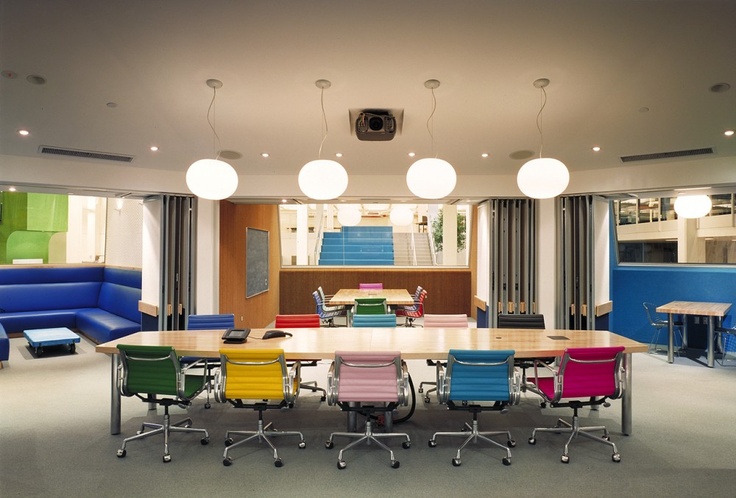

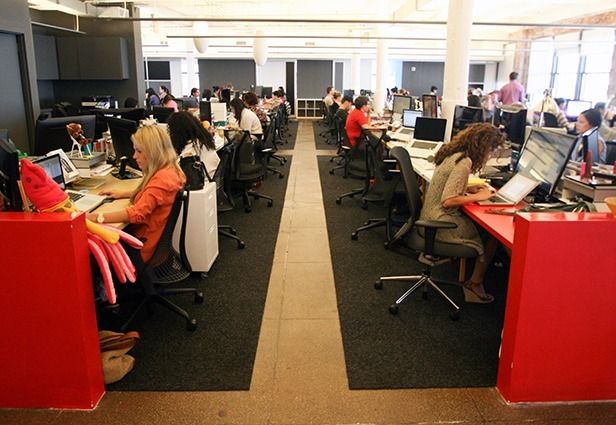

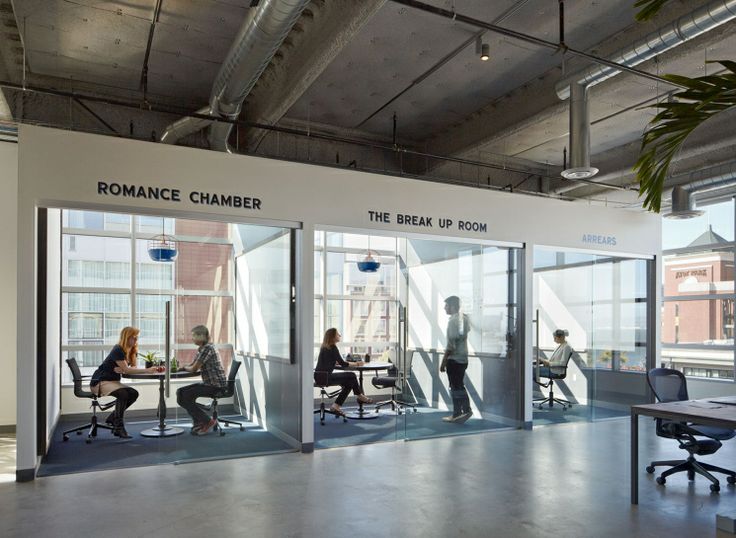

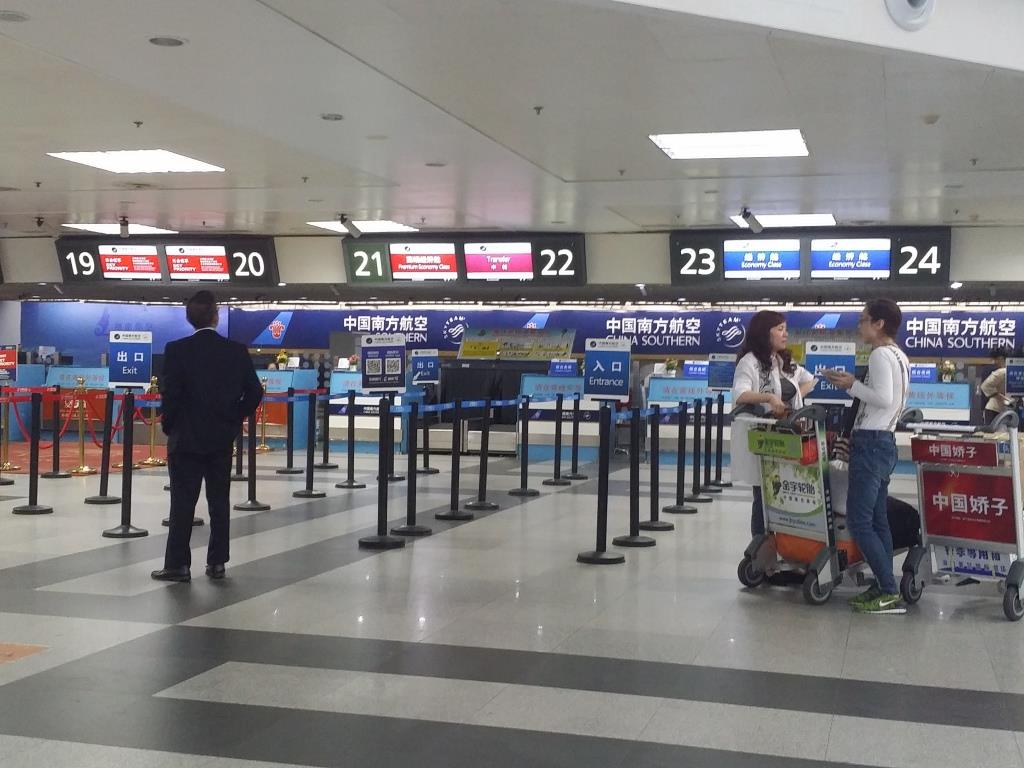

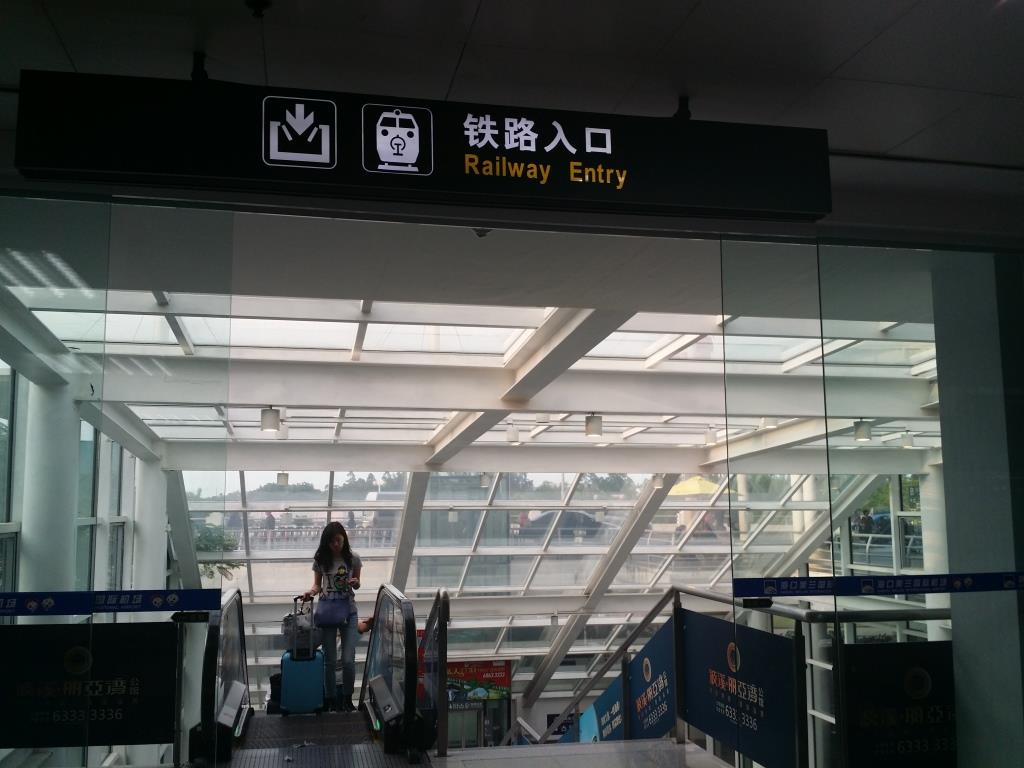
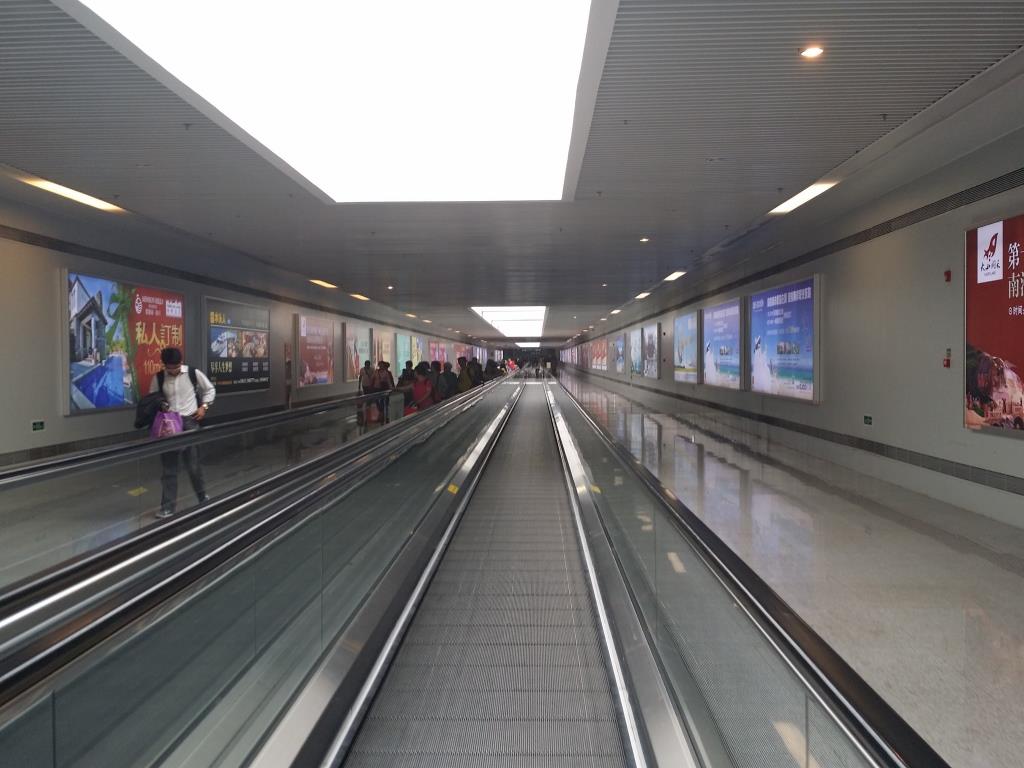
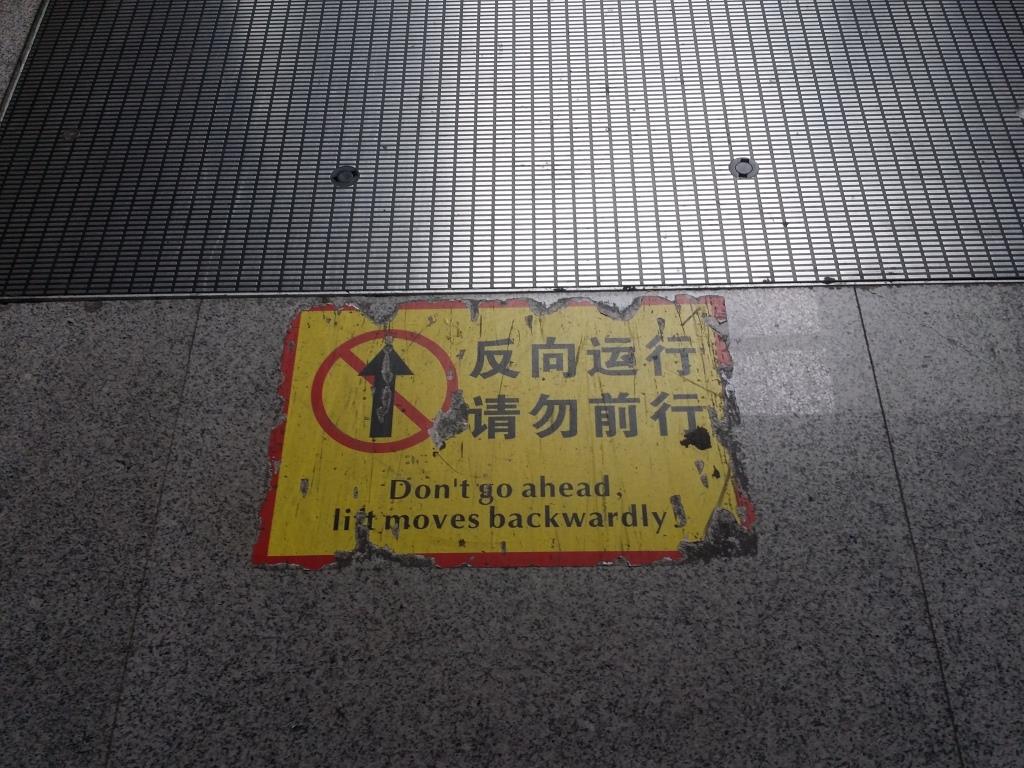
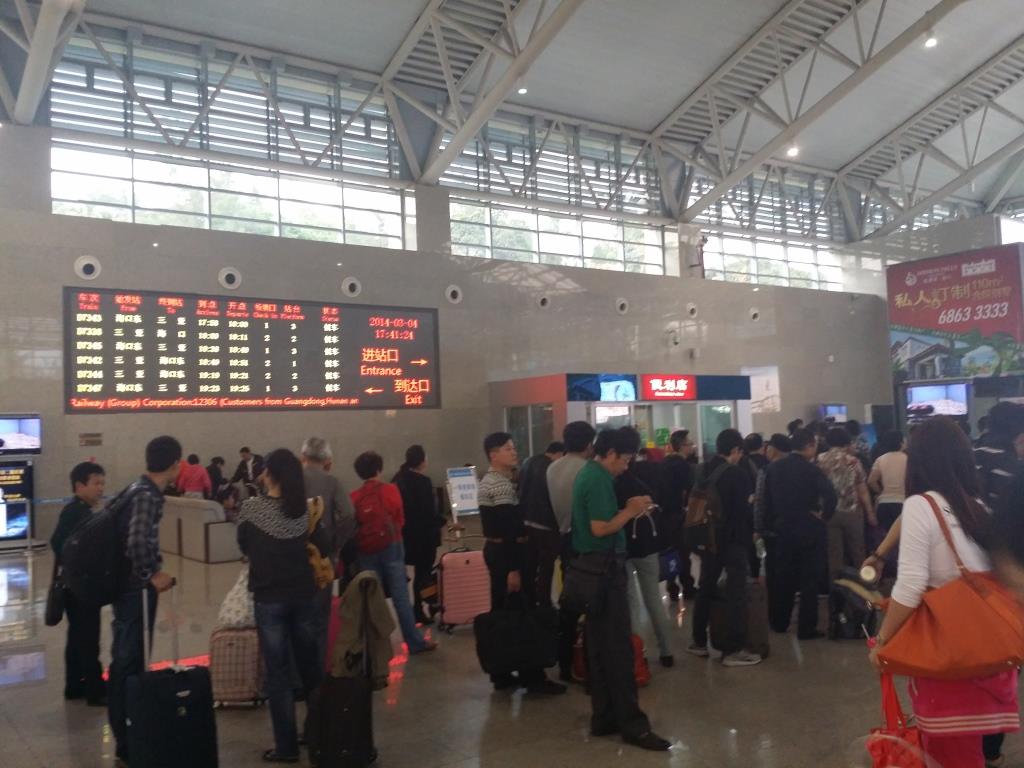







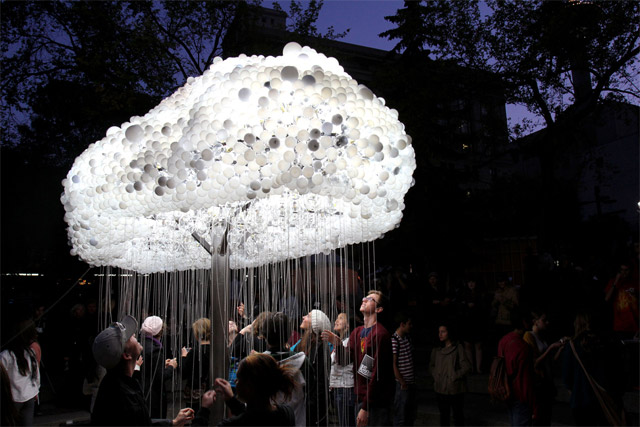
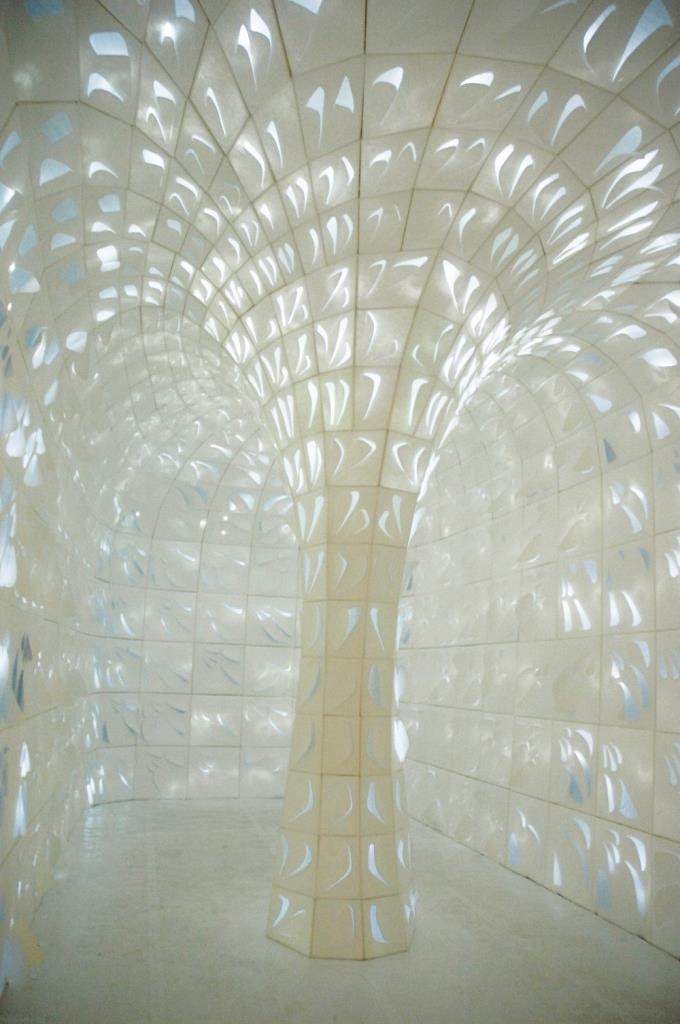

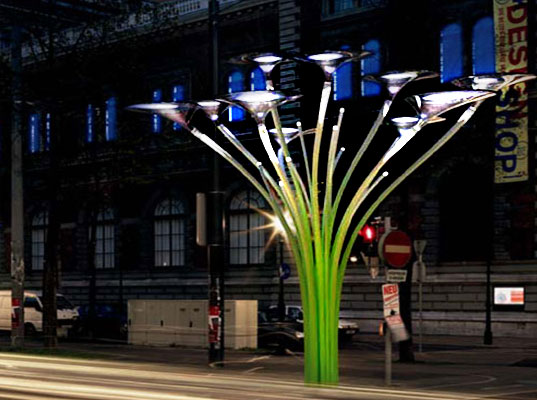
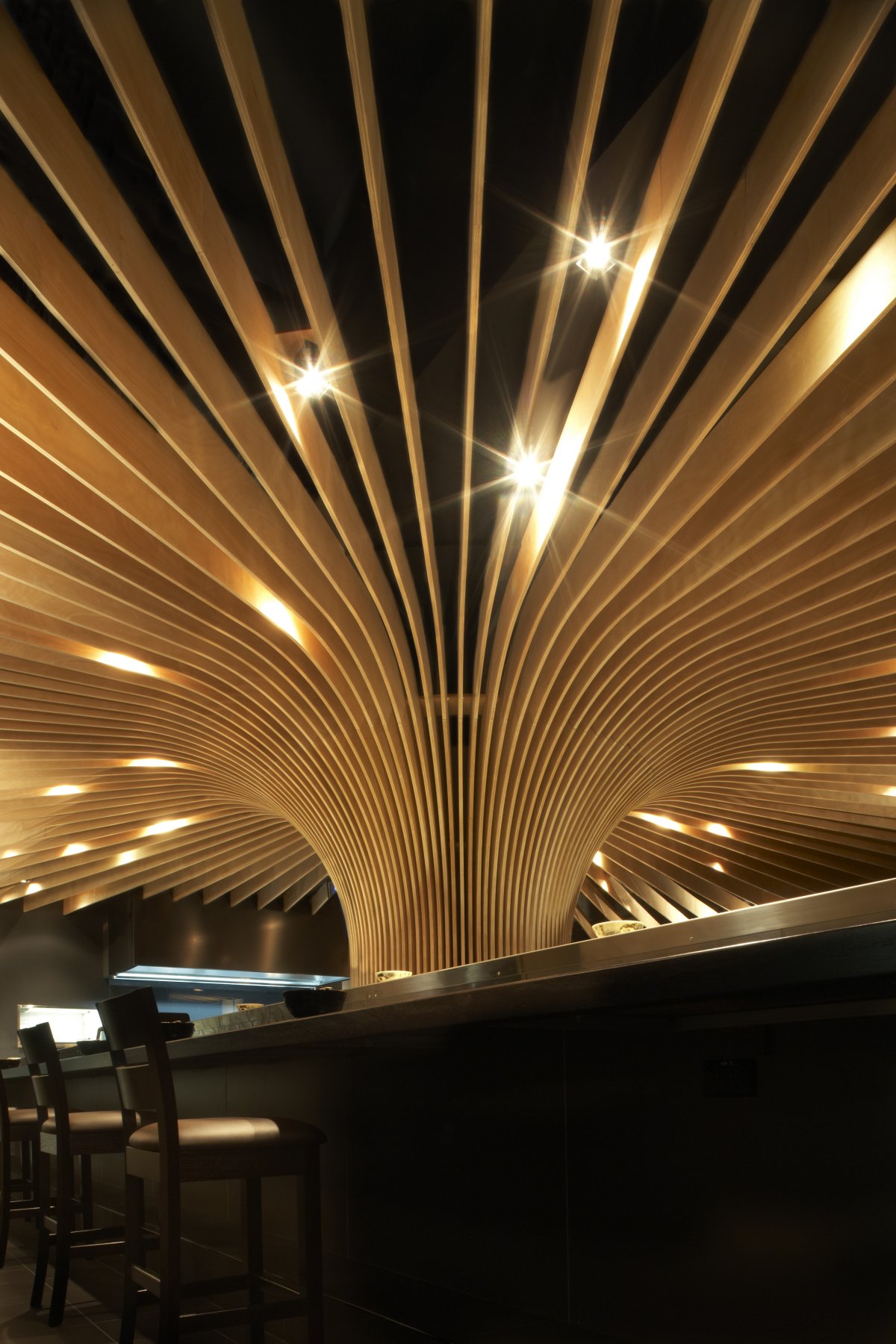
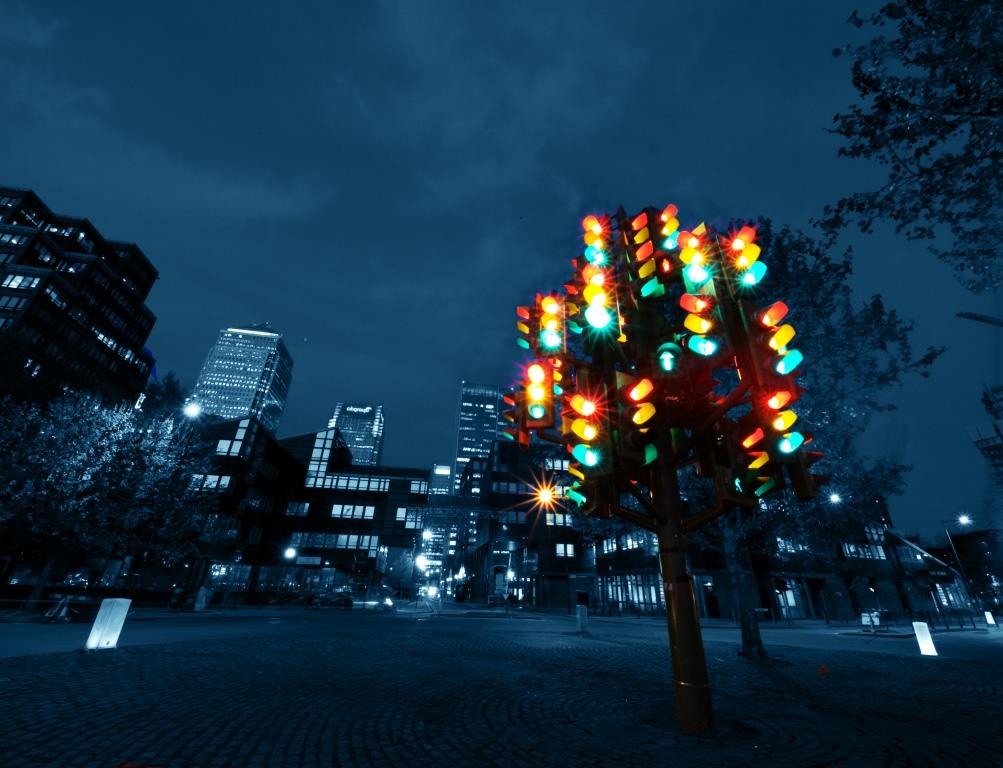

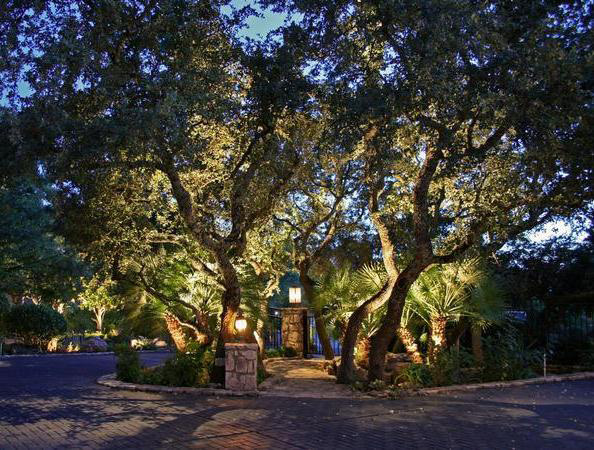
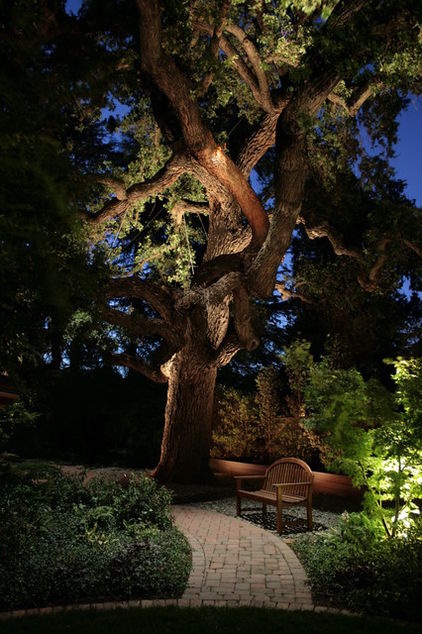
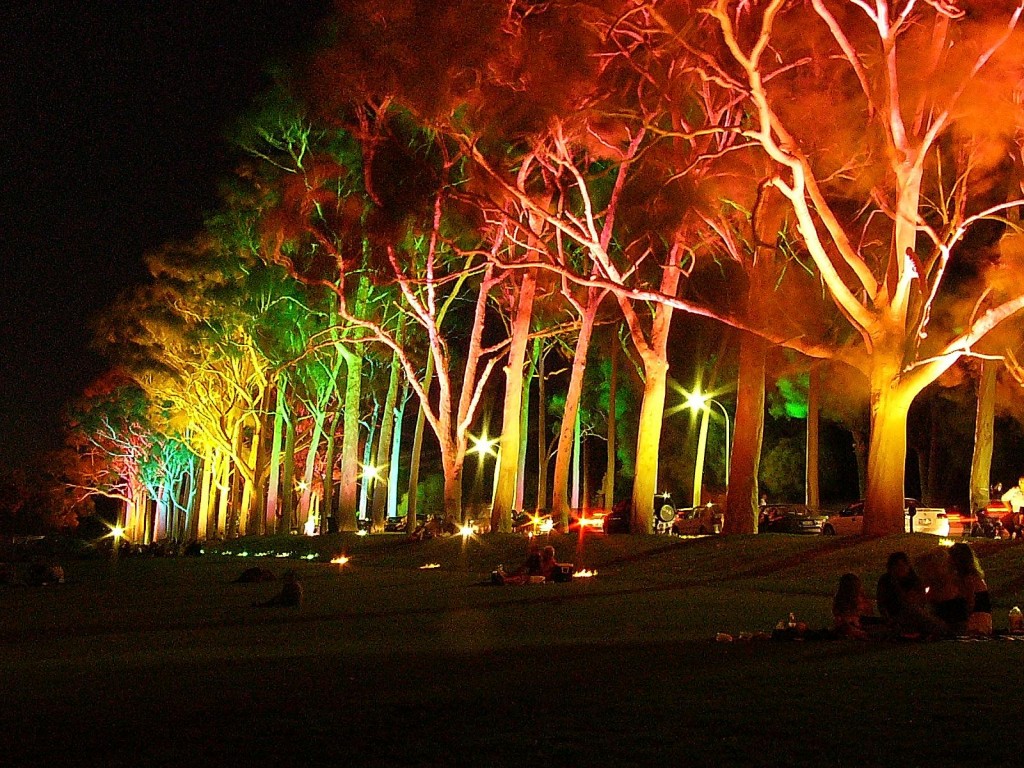

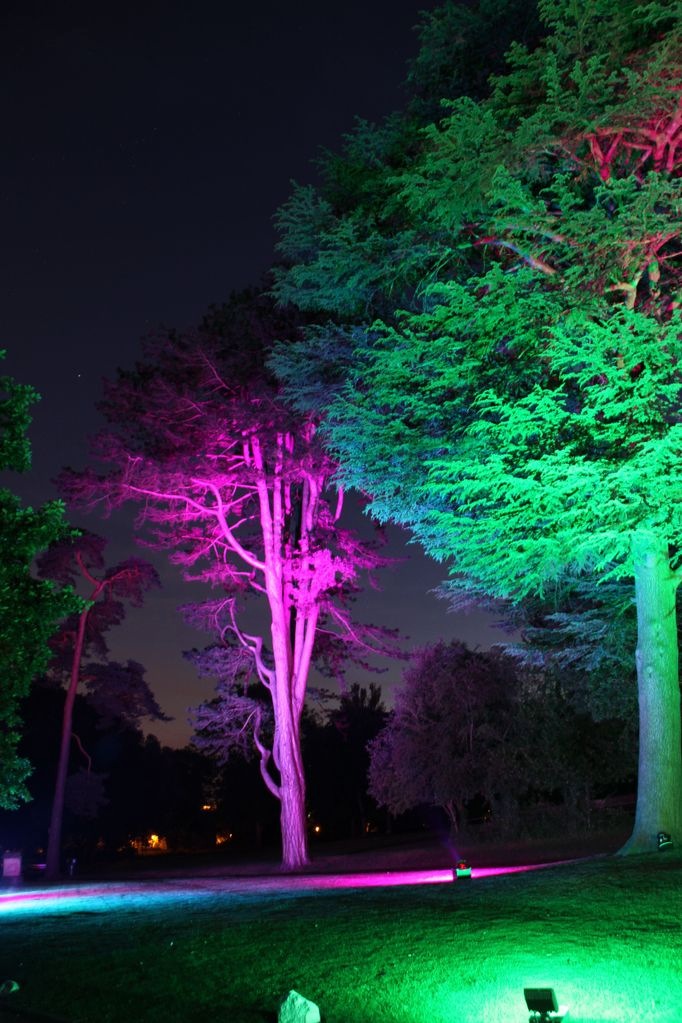
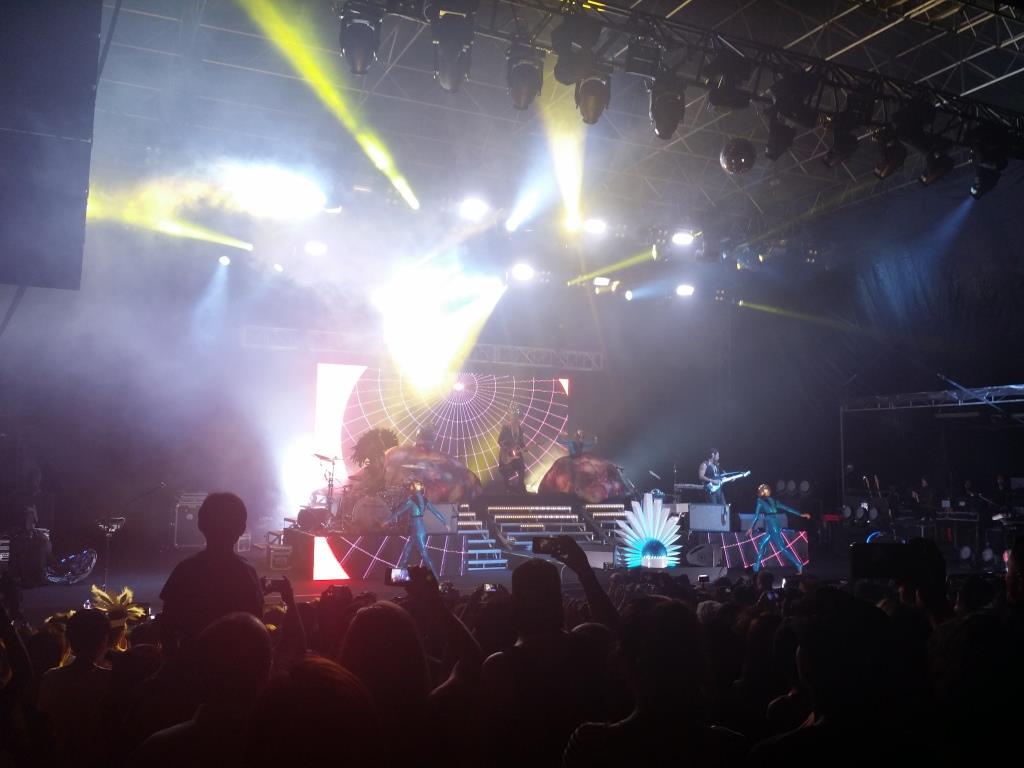
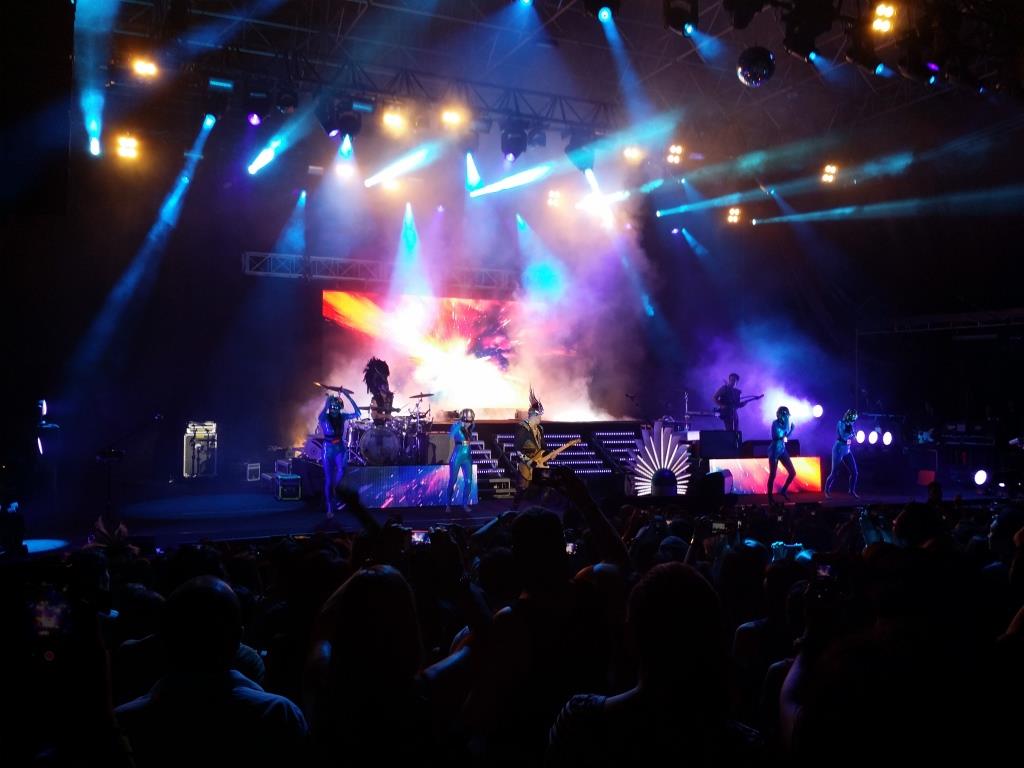
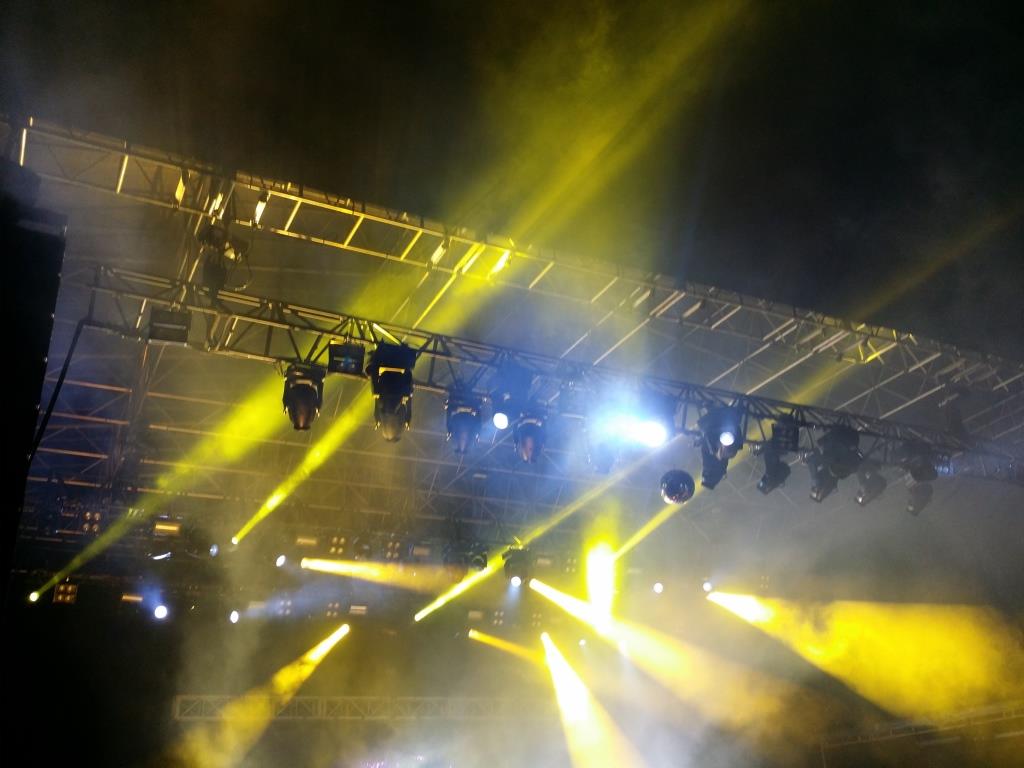
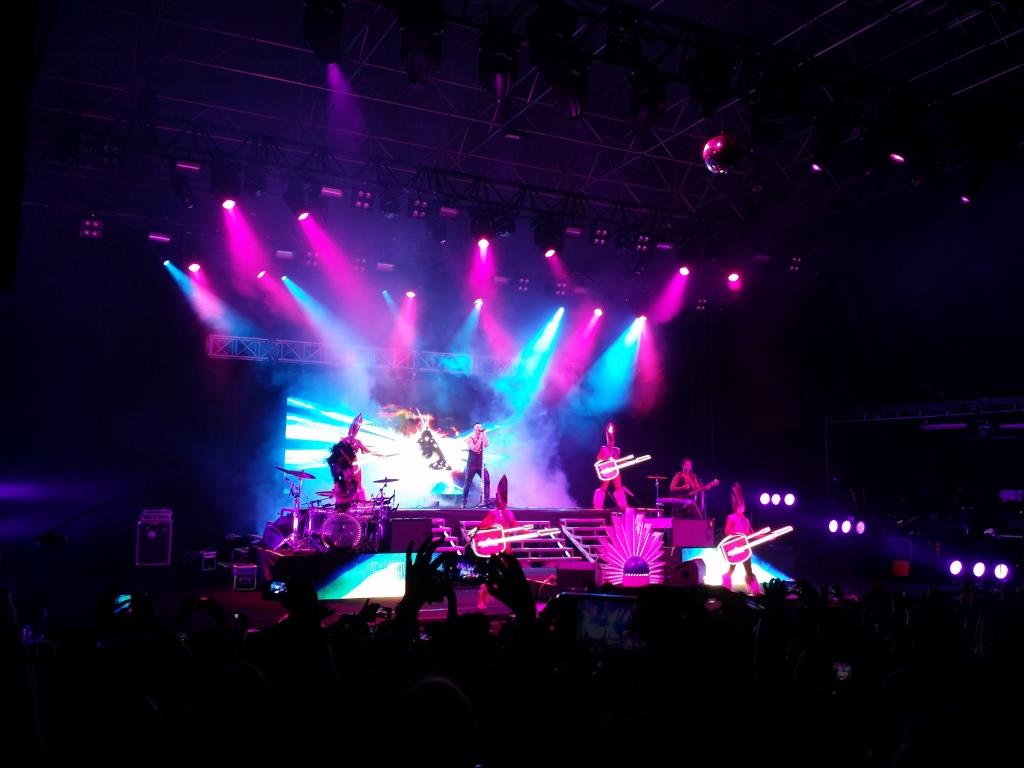
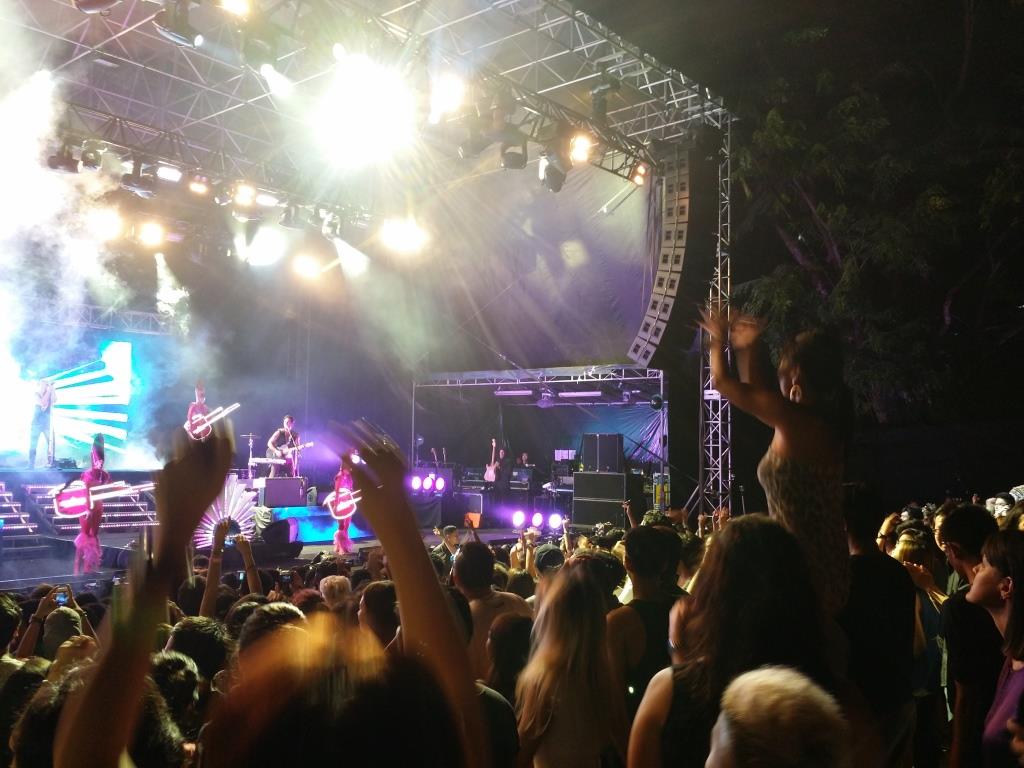
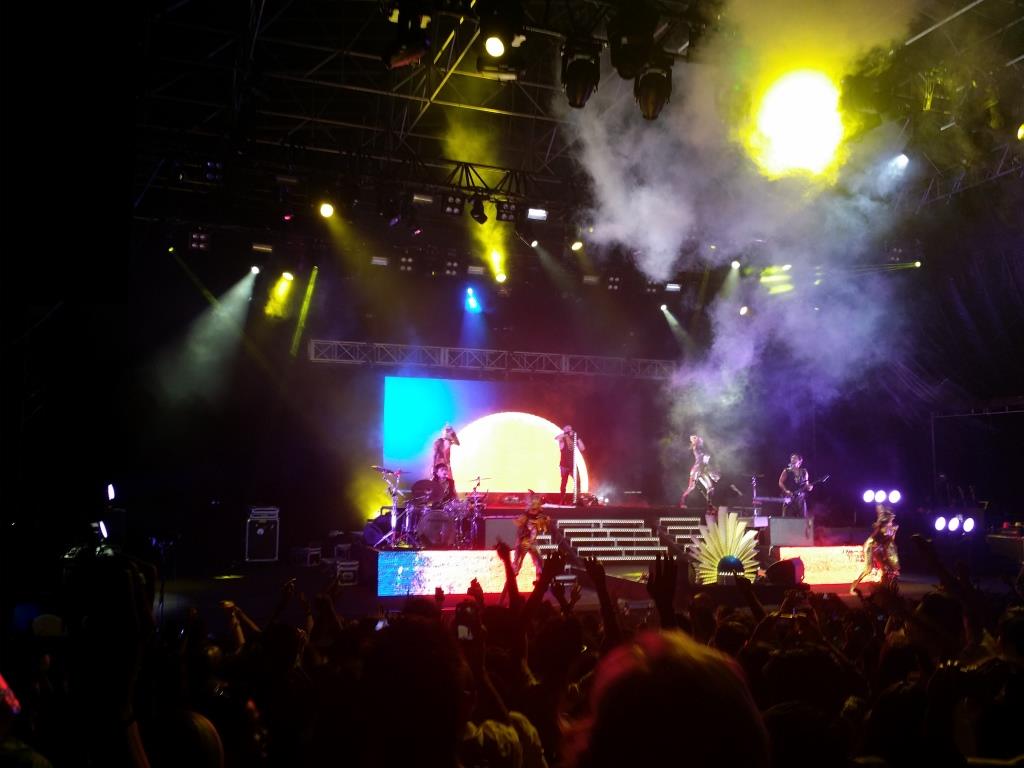
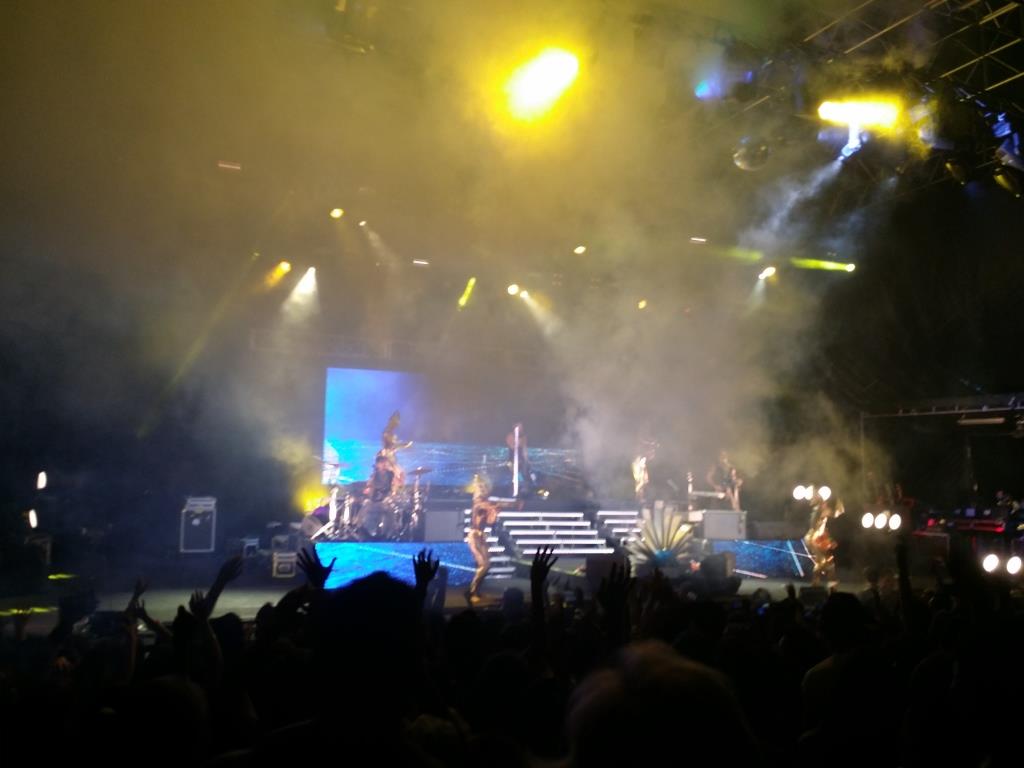

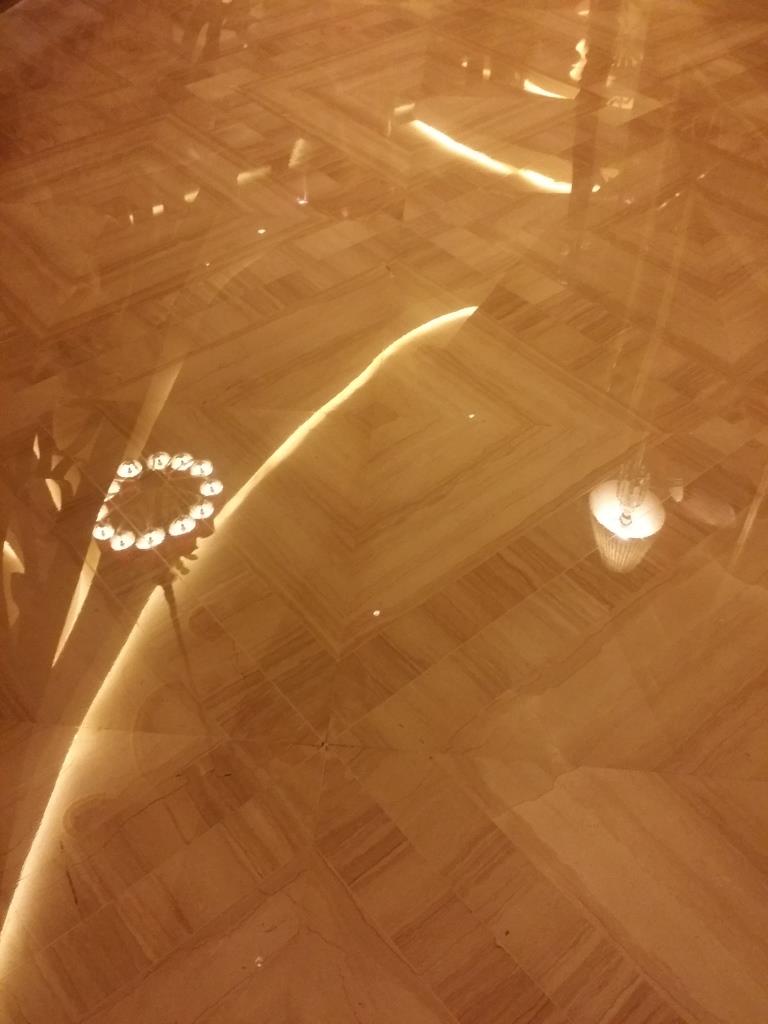
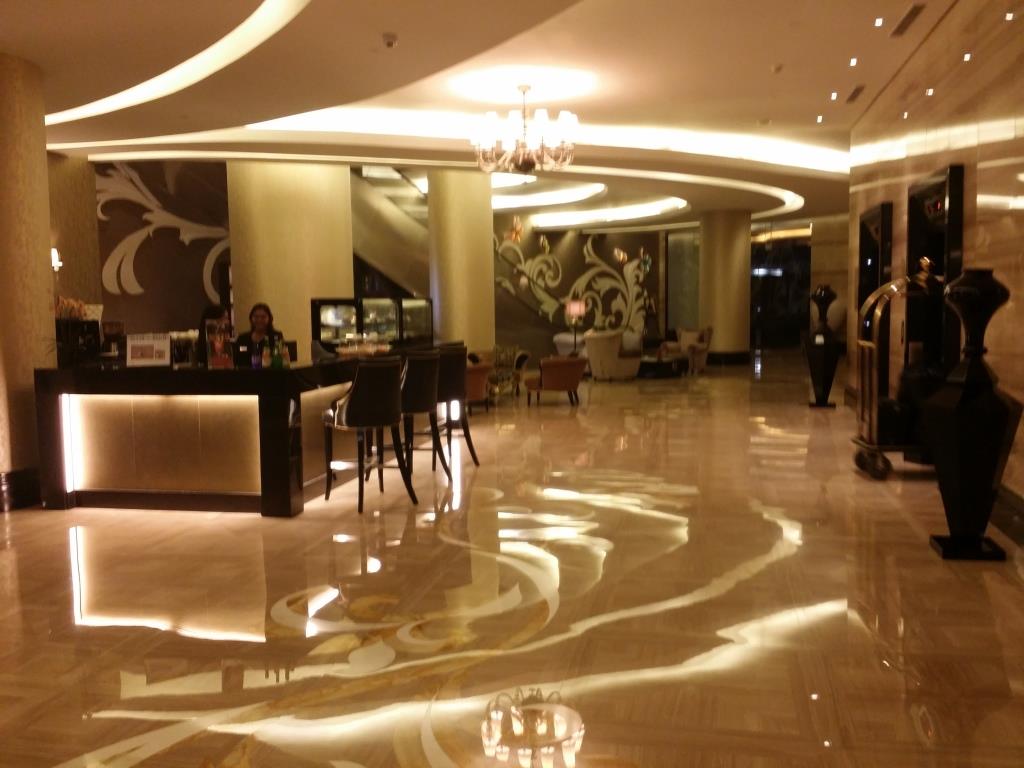


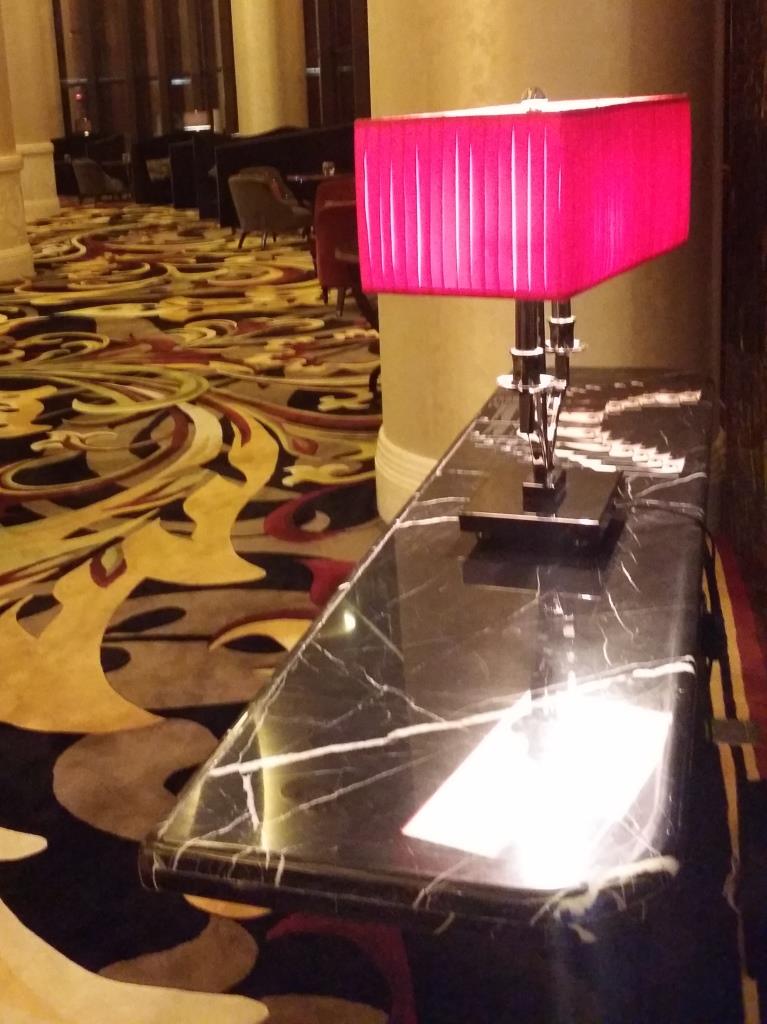
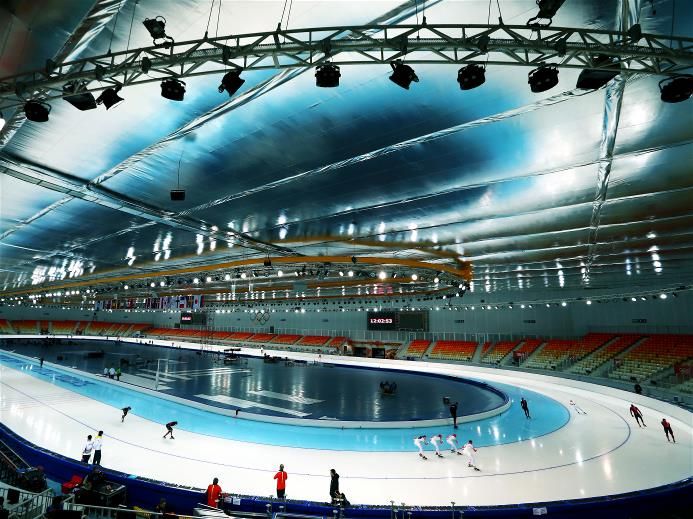



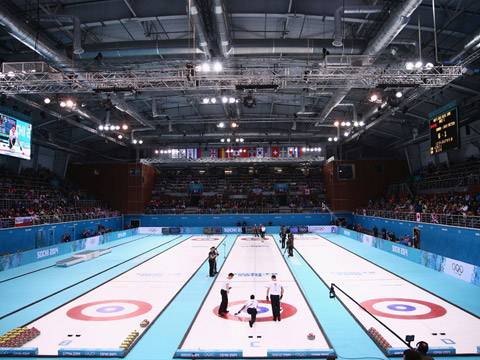
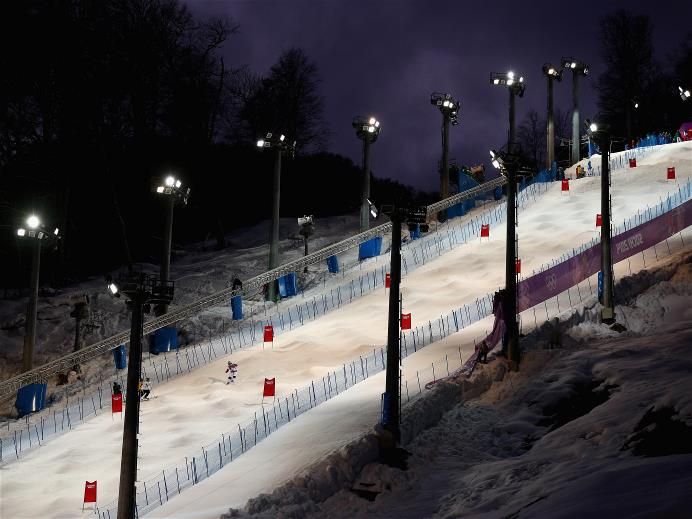
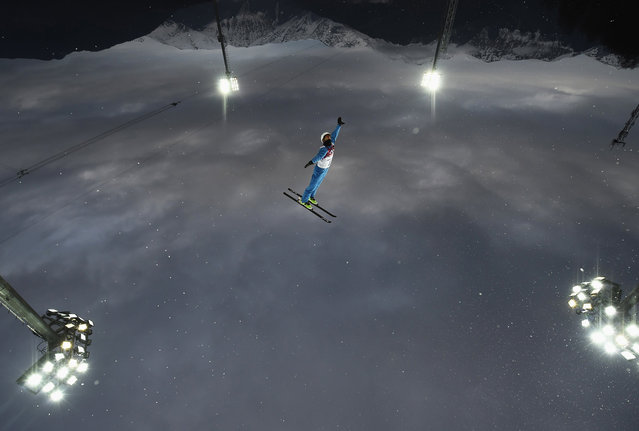
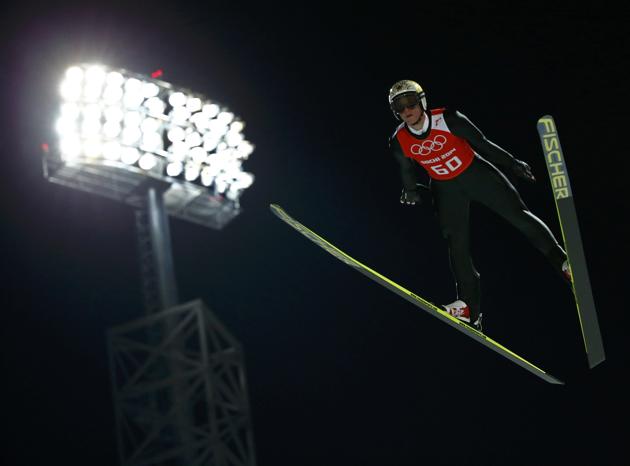
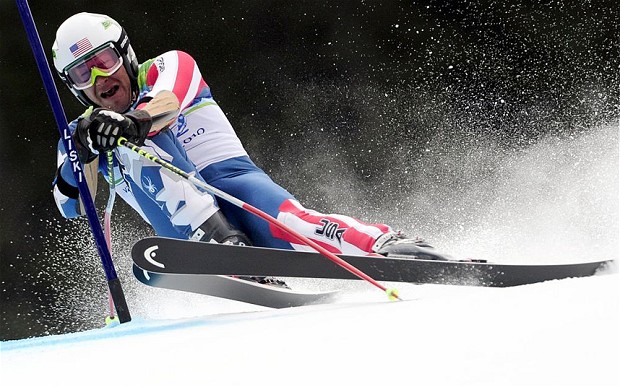
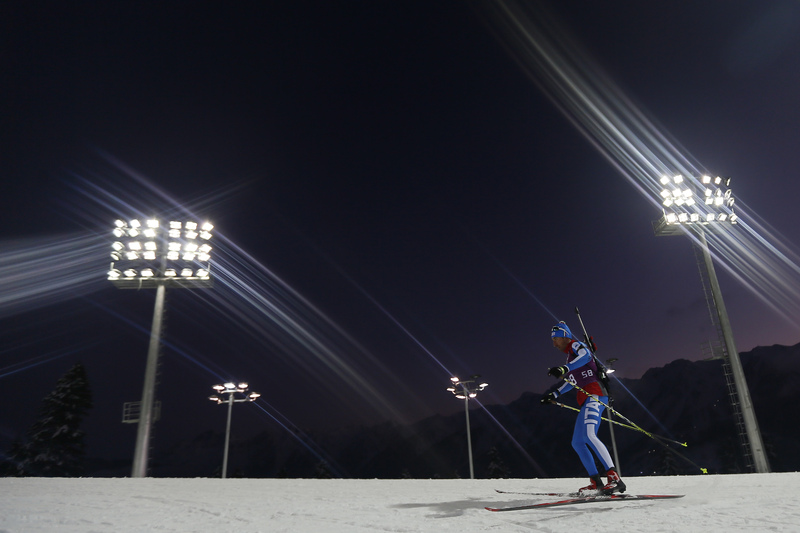

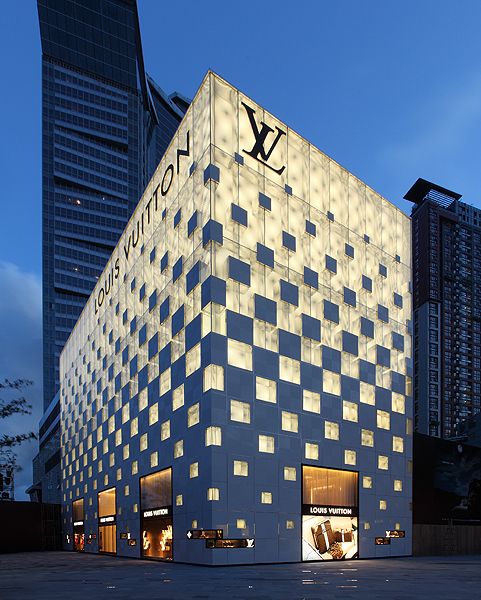
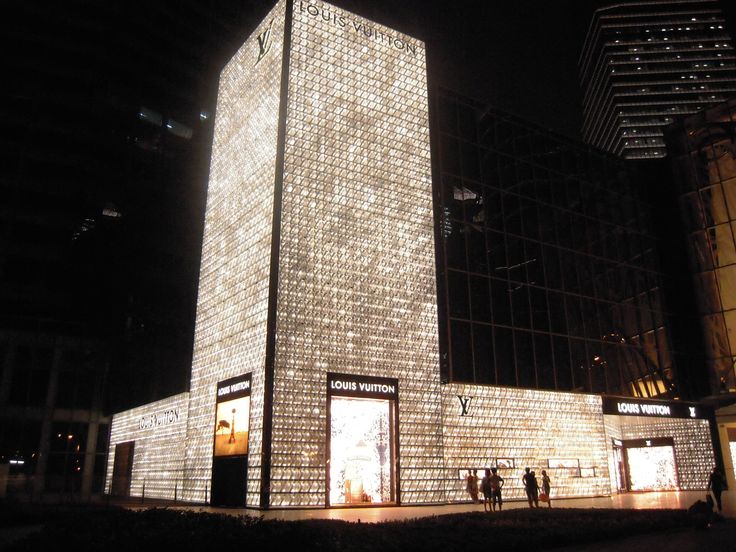
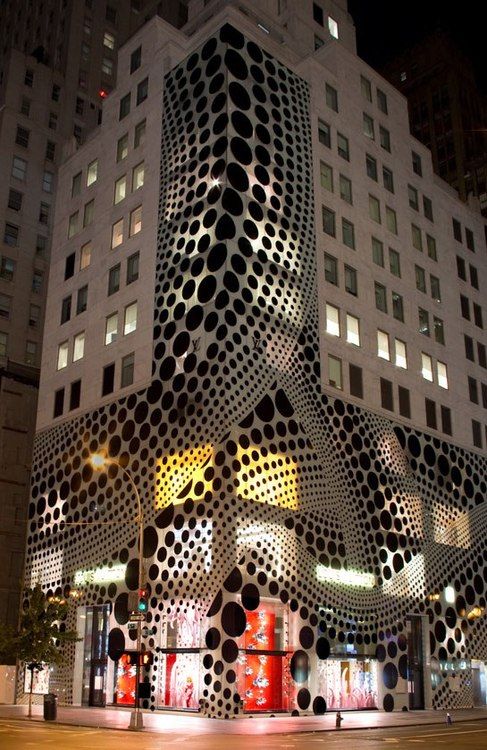


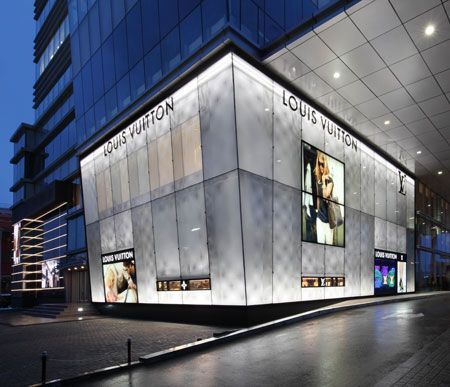
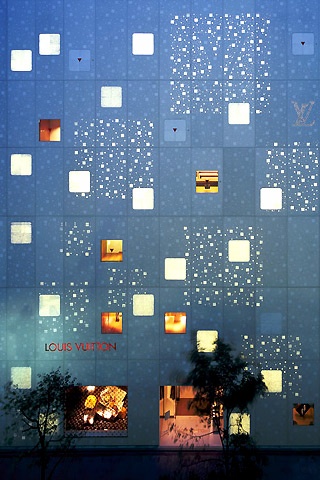
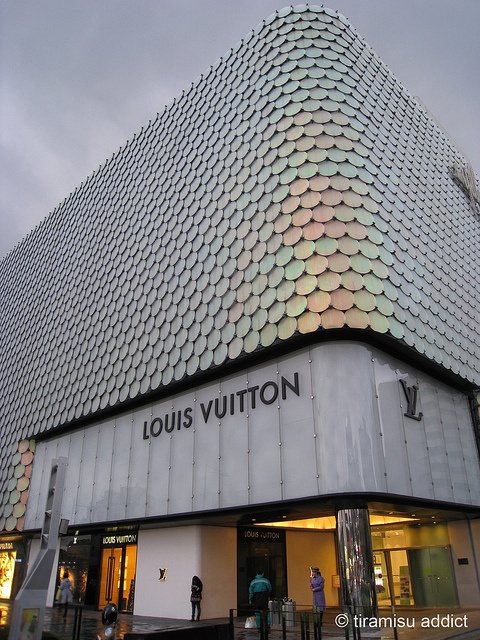
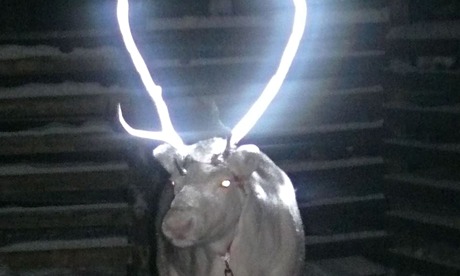

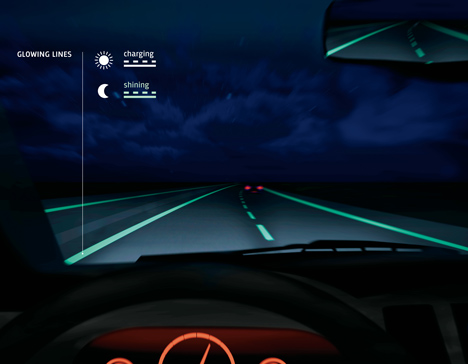
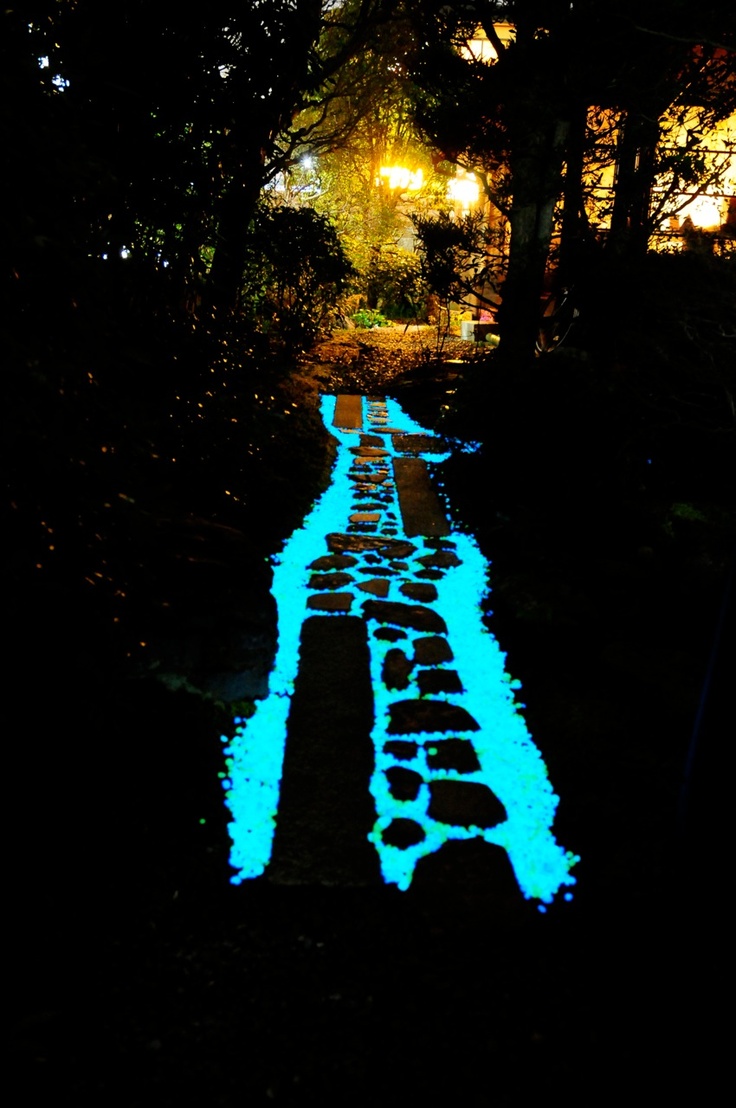
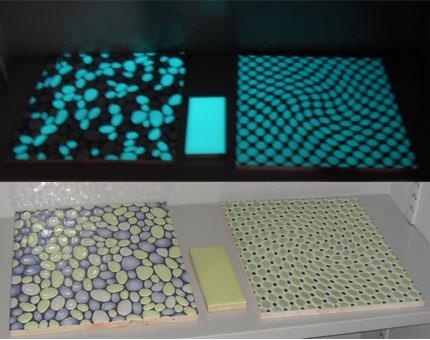
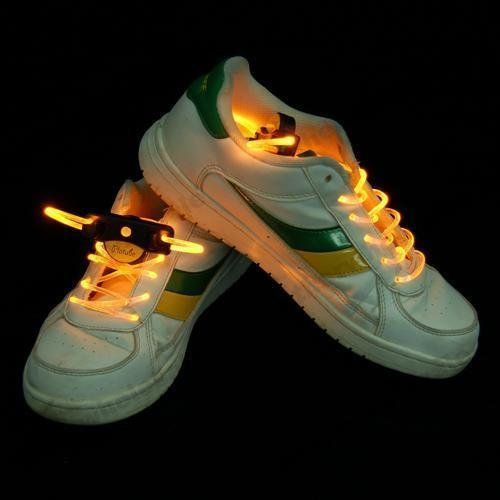
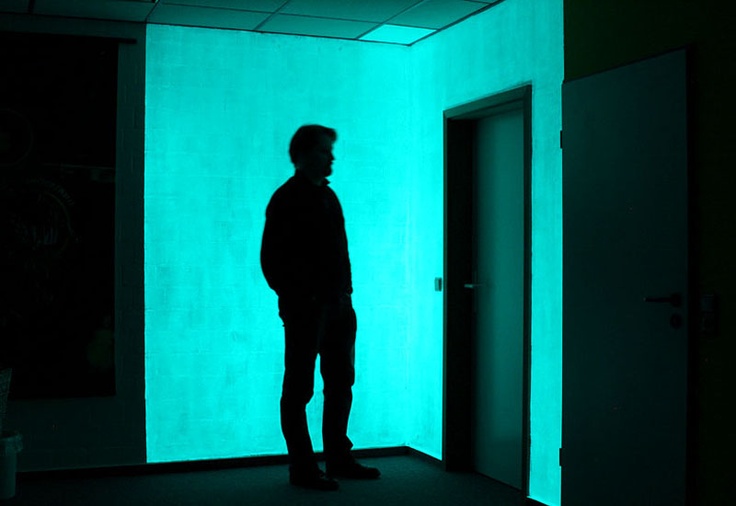
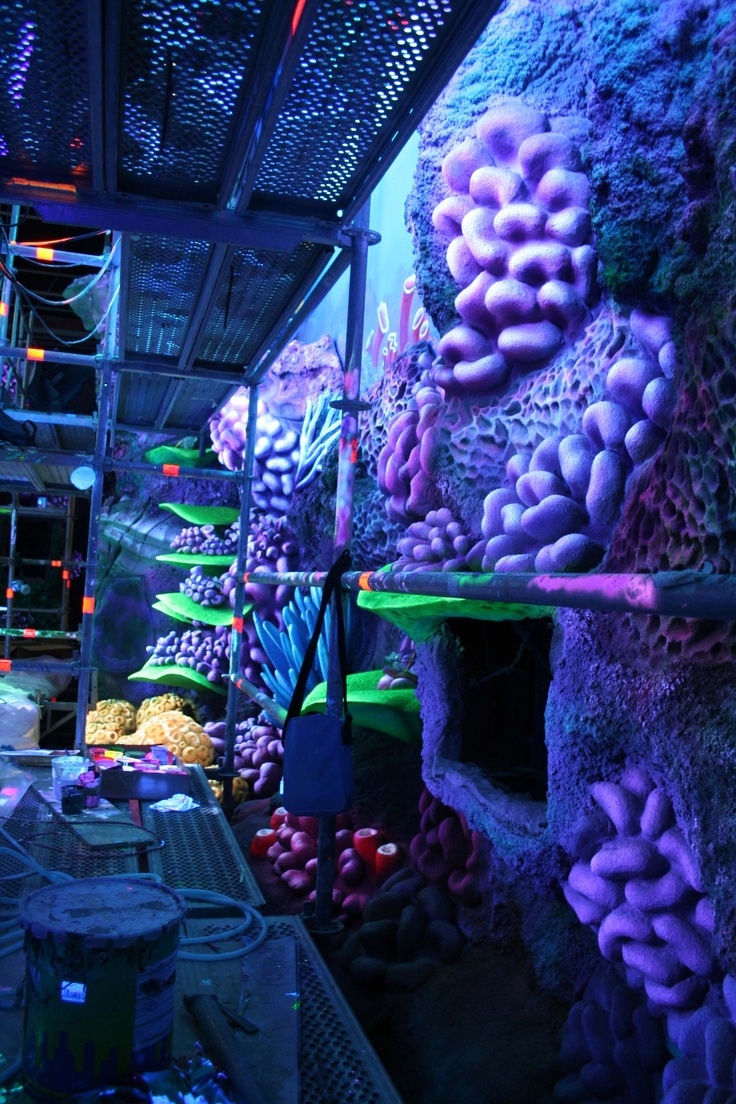
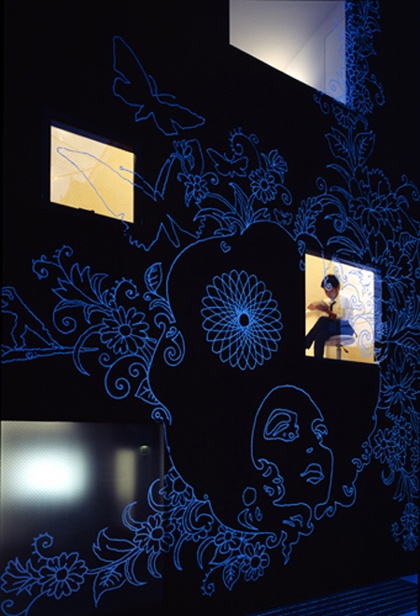
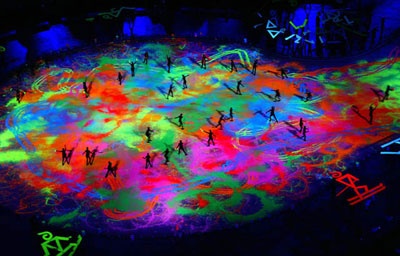
 The long awaited book compilation of Martin's first year of blogging is available. Order now.
The long awaited book compilation of Martin's first year of blogging is available. Order now. Feedspot Top 100 Lighting Blogs
Feedspot Top 100 Lighting Blogs